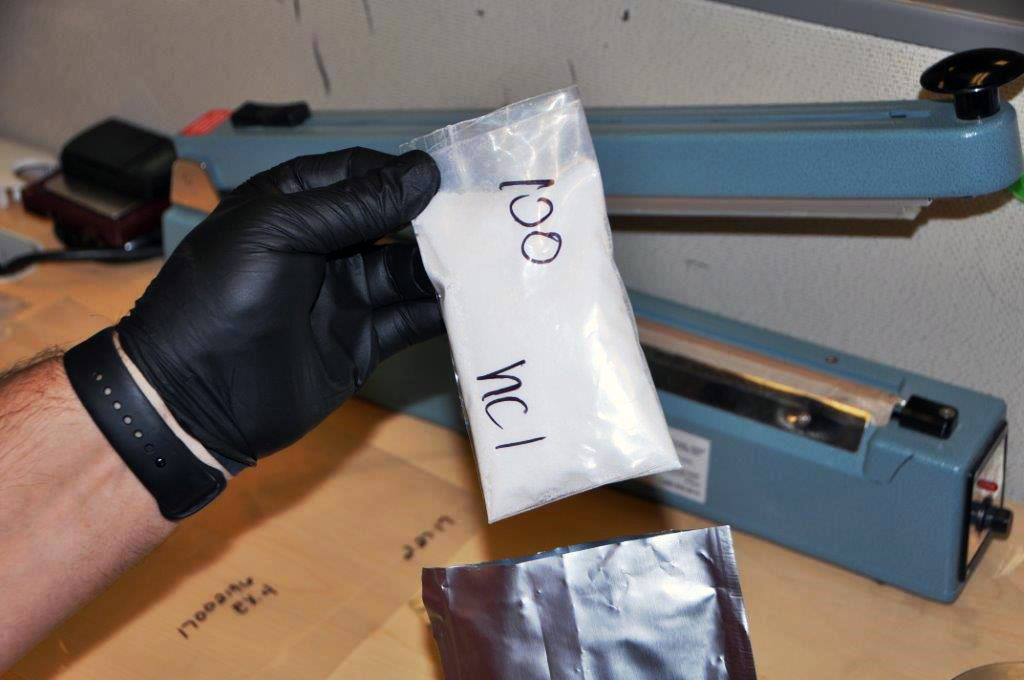The American Ambulance Association (AAA) hosted the Government Affairs and Member Forum on June 29 to provide an update on legislation on the expiring temporary Medicare ambulance add-on payments, the immediate and long-term goals of AAA on Medicare reform, and how members can get involved with ambulance service-related issues. Mark Postma, president of AAA, and a panel of experts covered varied topics, including where Senate Bill S.967 stands and what changes might occur within the industry, and then fielded questions from members to offer a better understanding of regulatory issues and what’s happening in Washington.
“We put a forum together at this critical time because we currently have a Senate bill to make the add-on permanent, and we’ve been working on a House bill for a long-term extension of the add-ons to be dropped soon,” said Postma. “We have been working diligently to get the appropriate bills introduced, to keep the Medicare extenders and other items that we’ll discuss in this forum.”
Capitol Hill Landscape
The Senate “Medicare Ambulance Access, Fraud Prevention and Reform Act” (S.967) has bipartisan support and is currently being championed Sen. Debbie Stabenow (D-MI), Pat Roberts (R-KS), Chuck Schumer (D-NY), Susan Collins (R-ME) and Patrick Leahy (D-VT). The bill would make permanent the temporary Medicare add-ons, treat ambulance service suppliers more like providers, cut down on dialysis transport fraud and abuse, and implement our preferred cost-data collection system that is beneficial, not burdensome, to ambulance services.
The AAA is currently working on the language for a bill to introduce the House of Representatives. While the bill has yet to be introduced, the AAA is collaborating with our House supporters and Committee staff to put together a bill that, at the very least, extends the Medicare add-ons for five years. The bill will also include cost-data reporting on which the AAA is negotiating the final details.
“This year really is critical for us,” said Tristan North, senior vice president of government affairs for AAA. “We need to make sure the Medicare add-on payments don’t expire on December 31.”
Going Forward
The panel discussed immediate, intermediate, and long-term goals to improve the ambulance fee schedule in the foreseeable future. The pending legislation covers many of the immediate goals, but AAA consultant Kathy Lester offered information that could impact the industry in the future.
Lester talked about better defining nonemergency services, the “Uber-ization” of medical transport, and what community paramedicine means to ambulance service providers.
The panel agreed that members and the community need to show their support for legislation, causes, and issues that will shape the future of ambulance services. It was suggested that members advocate to their representatives and leaders—offering to take them on ambulance “ride-alongs,” writing letters, or showing up at government functions—and explain to them how important these pieces of legislation and resources are to the EMS profession.
“We’re working hard and hoping for change in the future,” AAA’s Chair of Government Affairs, Jamie Pafford-Gresham, said. “We need you professionals and the relationships you have with your elected officials… your voices matter to Congress and they matter to us.”
Watch On Demand
Download the PowerPoint


